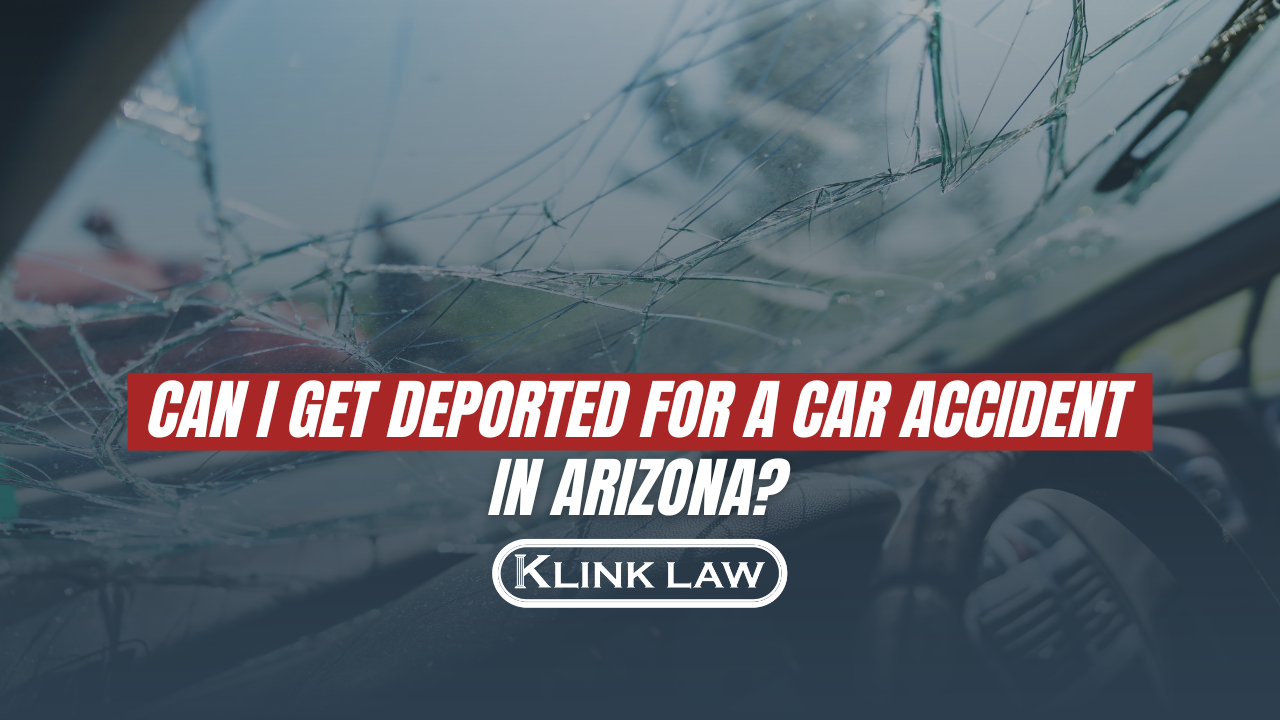
Car Seat Laws In Arizona
Car Seat Laws In Arizona: What You Need To Know
Just like any other state, Arizona has stringent and enforceable car seat laws that aim to ensure the safety of children in the unfortunate event of a car crash. It is crucial to adhere to these laws as failure to do so can have devastating consequences in the event of a car accident. If your child has suffered an injury due to a defective car seat or the negligence of another driver in a car crash, you may have the opportunity to seek financial compensation for your losses. This comprehensive guide provides you with all the information you need to know about Arizona’s car seat laws and your rights to pursue damages.
The Fundamentals Of Arizona Car Seat Laws
Arizona’s child seat laws are determined by the size and age of the child. While car seat manufacturers provide specific instructions for their seat designs, there are three general age ranges: children under 5 years old, children 5 years and older, and children 8 years and above. The restrictions at each age are as follows:
- Children under 5 must be in a rear-facing, forward-facing, or booster car seat in accordance with safety standards.
- Children aged 5-8 must use a restraint seat, such as a booster until they are at least 4’9″.
- Children 8 years and older can use a standard seatbelt in the car.
The concept is that children should not rely solely on the seatbelt until their bodies are sufficiently large to wear it correctly. Moreover, when it comes to car seat safety, size always takes precedence over age. For instance, while the law may permit transitioning a child from a forward-facing car seat to a booster seat, it would be beneficial to keep them in a forward-facing car seat if they are small for their size until they grow bigger.
Adhering To Arizona’s Car Seat Laws Reduces Risk
Car seat laws are in place to protect children. According to the Centers for Disease Control and Prevention, children who are properly secured in car seats are significantly less likely to sustain injuries compared to those who only use seat belts. In fact, the likelihood of injury is reduced by 71% to 82% for children in car seats. Furthermore, using booster seats can decrease the risk of severe injuries by 45% when compared to using seat belts alone. It is disheartening to know that thousands of children aged 12 and younger suffer severe injuries in car accidents each year, especially when many of these injuries could have been prevented if parents practiced proper car seat safety at all stages of their child’s growth.
Stages Of Car Seats
Children’s vehicle restraint is categorized into four stages: starting with rear-facing and then progressing to forward-facing car seats, followed by booster seats, and finally seat belts. When selecting the appropriate stage, take into account the age, weight, and height requirements, as well as the recommendations specific to each stage. Additionally, it is crucial to carefully read and follow the instructions provided for your child’s car seat.
STAGE 1: REAR-FACING CAR SEATS
According to the car seat laws in Maricopa County, Arizona, it is mandatory for children to use a rear-facing car seat from birth until they reach 2 years of age. Once they outgrow the rear-facing seat, you have the option to choose between a convertible car seat and an infant seat. Opting for an infant seat in the initial months is advantageous as it allows you to carry your child outside the car while they are still small. It is important to note some key aspects during the rear-facing stage:
- Harness straps should always go below the shoulders.
- Rear-facing is the best position for protecting the neck, head, and back.
- The harness chest clip should be at armpit level.
- Rear-facing seats should always be in the back seat.
Convertible car seats offer the versatility of being used in both rear-facing and forward-facing positions. Moreover, numerous models seamlessly transition from the infant stage to the toddler phase and even serve as a booster seat, making them a wise investment for new parents. With their adaptability and functionality, convertible car seats provide convenience while ensuring the safety and comfort of your child.
STAGE 2: FORWARD-FACING CAR SEATS
Once your child reaches the age of 2, it is safe to turn their car seat towards the front of the vehicle. Remember to keep the harness straps and chest clips in the same positions. Forward-facing seats are equipped with a tether strap at the top to enhance security. Similar to rear-facing seats, forward-facing seats feature a five-point harness that is crucial until the child reaches at least 4 years old, regardless of their size.
STAGE 3: BOOSTER SEATS
In accordance with the car seat laws in Arizona, the readiness of your child for a booster seat is determined by their height and weight. Several factors should be taken into consideration, including the following:
- Your child’s head should be lower than the headrest while using a booster seat.
- Your child should be at least 4’9″ in height.
- Use a booster with a high back if your vehicle does not have headrests in the back seat.
Shoulder belts play a crucial role in ensuring booster seat safety. If your vehicle is equipped with only lap belts in the back seat, you have the option to request a local car dealership to install shoulder belts for added security and peace of mind.
STAGE 4: CHILDREN AND SEAT BELT USAGE
The journey of transitioning from a booster seat to using just the seat belt is an important step in ensuring your child’s safety. But when is it the right time? Typically, children can say goodbye to the booster seat between the ages of 8 and 12. This age range is chosen because it’s important for your child to have the ability to comfortably bend their knees over the edge of the seat before the booster is removed. It’s worth noting that this milestone can vary depending on their height and individual development.
There are some additional crucial recommendations to keep in mind. Firstly, it’s recommended to refrain from allowing your child to ride in the front seat until they reach the age of 13. This is to ensure their safety as the front seat is not the safest place for young passengers. Secondly, it’s important to ensure that the shoulder strap of the seatbelt is positioned correctly, without going under the armpit. This ensures that the seatbelt can properly restrain your child in case of a car accident. Lastly, it’s vital to teach your child to never place the belt behind their back, as this can greatly reduce its effectiveness. By following these guidelines and considering your child’s height and development, you can make sure they are safe and secure while on the road.
Should You Replace a Car Seat After an Auto Accident?
While Arizona’s car seat laws don’t provide specific guidelines for replacing seats after a collision, it’s important to note that using a damaged car seat can result in penalties if discovered. In the event of a minor car accident where the vehicle sustained minimal damage and the seat doesn’t have airbags, it’s generally safe to continue using the seat, provided the car remains operational, the nearby door shows no signs of damage, and no injuries occurred.
However, it’s worth noting that the National Highway Traffic Safety Administration recommends replacing any child restraint seat following a crash that resulted in moderate to severe damage. It’s always a good idea to consult your car seat’s safety manual, as some manufacturers may still recommend replacement after any collision.
Frequently Asked Questions
What Are The Penalties For Violating Arizona Car Seat Laws?
If an adult is caught transporting a child in violation of Arizona’s car seat law, they may face a fine of $50. However, this fine can be waived if the driver or car owner can provide evidence that they have obtained a child safety seat or booster seat after receiving the ticket. Simply mailing a receipt to the court is sufficient to demonstrate compliance and have the fine waived.
What Are Common Car Seat Defects?
Car seat manufacturers constantly strive to design new features or enhance existing ones, prioritizing the safety and effectiveness of their products in safeguarding children during accidents. However, despite these efforts, there are still various factors that can render a car seat ineffective.
- Improper installation is the most common cause of defective car seats.
- Not properly maintaining a car can compromise its effectiveness.
- Defects in the design or assembly of a car seat are the manufacturer’s liability.
Car seats depreciate with age just like any other object. As time passes, the straps can become worn, frayed, or even break. In the event of a moderate to severe collision, a weakened belt has the potential to completely compromise the safety features of a car seat.
Defects in the design of a car seat can have grave consequences for a child in the event of an accident. For instance, a failed latch or an unstable harness can ultimately undermine the very purpose of the structure, potentially leading to a child being ejected from the seat during a crash. Moreover, if a booster seat design fails to securely hold the strap, there is even the risk of children getting entangled in the seatbelt. It is crucial to prioritize the regular inspection and maintenance of car seats to ensure optimal safety standards are maintained for the well-being of our little ones.
What Are Exceptions to Arizona Car Seat Laws?
Parents in Arizona are exempt from penalties for non-compliance with car seat laws under certain circumstances. For instance, if your vehicle lacks ample space for multiple full-sized car seats, you could potentially use this as an argument to avoid fines. Additional exceptions to the car seat laws include:
- You needed to transport your child in an authorized emergency vehicle to receive medical care.
- You drive an older vehicle manufactured without seatbelts.
- You must transport your child during a medical emergency and do not have time to strap them into a seat correctly.
- You drive a commercial vehicle with a CDL license.
Moreover, there are no specific regulations regarding car seat usage in recreational vehicles. In each of these scenarios, it is important to take into account the situational factors.
Injured? Contact Our Arizona Personal Injury Lawyer
Every day, personal injury lawyers assist victims of auto accidents. Car accident cases, especially those related to car seat laws in Arizona, can be intricate due to unique circumstances. You might even have a valid claim for damages following an accident without realizing it. This is where a legal expert can provide invaluable guidance and direct you toward the most appropriate legal recourse. If you have any inquiries regarding a personal injury or auto accident case involving a car seat, don’t hesitate to reach out to Klink Law, PLLC for a free consultation today.


